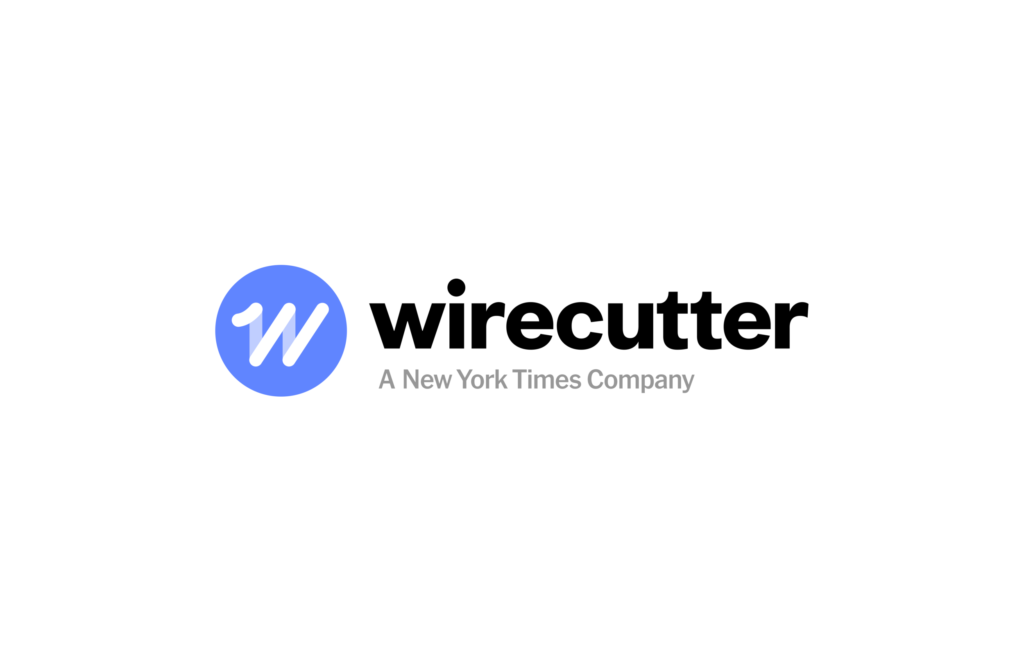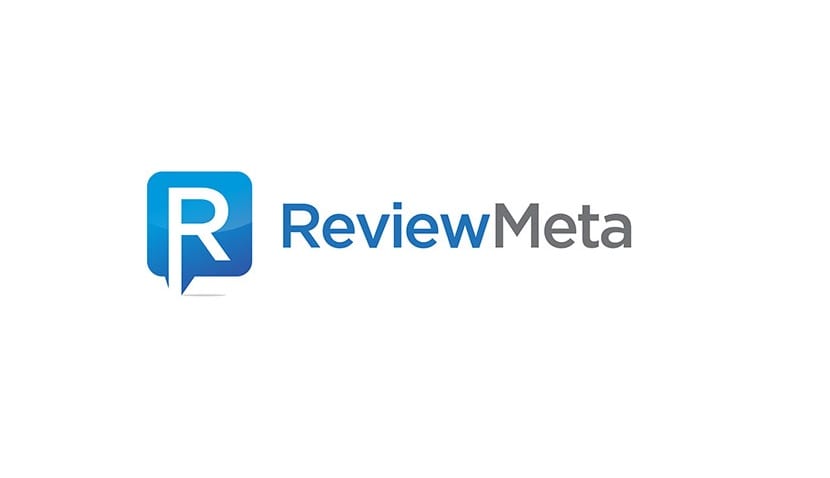In the ever-expanding digital marketplace, discerning the authenticity of product reviews has become a crucial aspect of informed decision-making. One prominent player in this arena is Fakespot, a tool designed to analyze and evaluate the reliability of online reviews. In this guide, we’ll understand the features, limitations, and what sets Fakespot alternative apart. It is essential for grasping its role in the digital consumer landscape.
Exploring Fakespot: Features, Limitations, and Uniqueness

Fakespot Features: Unveiling the Power Behind the Tool
- Advanced Algorithms: Fakespot harnesses cutting-edge algorithms to meticulously analyze user reviews, scrutinizing language patterns, reviewer history, and other factors to distinguish between genuine and potentially fake reviews.
- Quick, Automated Analyses: Fakespot offers users a swift and automated analysis of product reviews, ensuring a timely assessment of a product’s reputation without unnecessary delays.
- Integration with Popular Platforms: The tool seamlessly integrates with major e-commerce platforms, providing users with a convenient and accessible way to assess the authenticity of product reviews where they matter most.
- User-Friendly Interface: Fakespot’s user interface is designed to be intuitive and user-friendly, enhancing the overall experience for consumers seeking reliable insights into product reputations.
- Constant Updates: Fakespot commits to regular updates to counter the evolving tactics used by those attempting to manipulate product reputations, ensuring the tool remains effective over time.
Limitations of Fakespot: Navigating the Downsides
- Platform Specificity: Fakespot primarily focuses on major e-commerce platforms, potentially limiting its effectiveness in niche markets or platforms not covered by the tool.
- Effectiveness Variability: The tool’s effectiveness may vary across different industries and niches, presenting a challenge for users seeking reliable insights in diverse product categories.
- Dependency on Data Quality: Fakespot’s accuracy is dependent on the quality of the data it analyzes, making it susceptible to variations in data quality across different products and categories.
- Continuous Evolution of Fake Review Tactics: The ever-evolving landscape of fake review tactics poses an ongoing challenge for Fakespot, requiring continuous updates to maintain peak performance.
- Limited Niche Coverage: Fakespot may not provide comprehensive coverage in certain niche markets, limiting its applicability for consumers with specific product interests.
What Sets Fakespot Apart: Standing Out in a Crowded Space
Fakespot stands out by providing a user-friendly interface and quick, automated analyses. Its ability to integrate seamlessly with popular online marketplaces gives it an edge, making it a convenient choice for a wide range of users. However, as discerning consumers, it’s essential to explore Fakespot alternatives that may offer unique advantages.
The Need for a Fakespot Alternative: Exploring Options Beyond the Familiar

In a rapidly evolving digital landscape, the discerning consumer recognizes the necessity of exploring Fakespot alternatives. While Fakespot stands as a reliable ally in the quest for authentic online reviews, the dynamic nature of the online marketplace demands a broader exploration of options. Here are four compelling reasons to venture beyond the familiar and discover alternatives that cater to specific needs and preferences:
1. Diversification in Analysis Approach
The realm of online reviews is intricate, and a singular approach may not capture the full spectrum of authenticity. By seeking Fakespot alternatives, consumers can diversify their analysis approach. Each alternative employs distinct methodologies, allowing users to gain a more nuanced understanding of product reputations. Diversification is the key to unlocking a broader perspective, empowering consumers to make informed decisions based on varied analytical frameworks.
2. Addressing Specific Industry Requirements
Different industries and niche markets have unique characteristics and challenges. Fakespot, while proficient in various sectors, may not cater to the specific requirements of every industry. Exploring Fakespot alternatives enables users to find tools tailored to their industry’s nuances. Whether it’s electronics, fashion, or niche hobbies, having an alternative that understands and addresses specific industry intricacies ensures a more accurate and relevant analysis of online reviews.
3. Adaptation to Evolving Online Strategies
The digital realm is a dynamic battlefield where deceptive strategies constantly evolve. While Fakespot is adept at countering many deceptive tactics, continuous exploration of alternatives is essential to stay ahead of the curve. New challenges emerge regularly, and Fakespot alternative tools may provide innovative solutions to counter the latest deceptive strategies. Remaining adaptable ensures that consumers can maintain the effectiveness of their chosen review analysis tool over time.
4. Catering to Individual Preferences
Consumers have diverse preferences when it comes to analyzing product reviews. Some value a comprehensive overview that considers a wide array of factors, while others may prefer a more targeted analysis focused on specific aspects. Exploring alternatives allows users to find tools that align with their individual preferences. Whether it’s the depth of analysis, the presentation of data, or the user interface, alternatives provide choices that enhance the overall user experience, catering to the unique preferences of each consumer.
By acknowledging the need for Fakespot alternatives and delving into a diverse array of review analysis tools, consumers empower themselves with a comprehensive arsenal for navigating the complex world of online reviews.
Commonly Used Fakespot Alternatives For Authenticating Reviews

In the realm of authenticating online reviews, several Fakespot alternatives have emerged, each bringing its own unique approach and strengths to the table. Let’s delve deeper into these commonly used Fakespot alternatives, exploring the intricacies that set them apart in the dynamic landscape of online review analysis.
1. ReviewMeta: Unmasking the Authenticity
ReviewMeta takes a similar path to Fakespot, centering its focus on Amazon product reviews. However, it distinguishes itself with a meticulous approach to unmasking the authenticity of reviews. Its algorithms dissect reviews, offering users insights into potential bias or manipulation. What sets ReviewMeta apart is its commitment to transparency, providing users with a breakdown of how it arrives at its conclusions, empowering consumers with a clearer understanding of the review authentication process.
2. Trustalyze: Trusting in Transparency
Trustalyze approaches review authentication by placing trust at the forefront. It takes a unique stance by not only verifying and authenticating online reviews but also generating trust scores for products and businesses. This emphasis on transparency fosters a more authentic digital marketplace, where consumers can confidently make purchasing decisions based on a comprehensive understanding of both reviews and overall trustworthiness.
3. The Review Index: Aggregating Wisdom
The Review Index distinguishes itself through its approach of aggregating and analyzing product reviews from various sources. Unlike tools that focus on specific platforms, The Review Index casts a wide net, gathering wisdom from diverse corners of the internet. This broader scope allows users to access a wealth of information, making it a comprehensive Fakespot alternative for those seeking a holistic view of product feedback, transcending the limitations of platform-specific analysis.
4. Wirecutter: Expert Opinions Matter
While not a direct review analysis tool, Wirecutter holds its ground by offering expert reviews and recommendations. Its strength lies in relying on professional opinions, providing users with a different angle for evaluating products. Wirecutter’s expert-driven approach stands out, offering a blend of qualitative assessments that complement the quantitative data provided by other review analysis tools.
5. Review Skeptic: Applying Machine Wisdom
Review Skeptic takes a technological leap by applying machine learning to identify potentially biased or fake reviews. This innovative approach sets it apart, offering users a data-driven perspective on the authenticity of online reviews. The utilization of machine wisdom adds a layer of sophistication to the analysis, making Review Skeptic an intriguing Fakespot alternative for those seeking a more technologically advanced approach to review authentication.
6. Fake Reviews Spotter: Navigating the Deceptive Waters
Fake Reviews Spotter enters the league of Fakespot alternatives with a specific focus on identifying potentially fake reviews on various e-commerce platforms. In a landscape where deception can be subtle, this tool aims to navigate the deceptive waters, providing users with insights that go beyond the surface of product evaluations. Its emphasis on spotting deceptive practices adds a valuable layer to the arsenal of tools available for authenticating online reviews.
Exploring these Fakespot alternatives provides consumers with a diverse set of tools, each with its own strengths and capabilities. Whether it’s a commitment to transparency, a focus on expert opinions, or the utilization of advanced technologies, these alternatives offer nuanced approaches to review authentication, empowering consumers to make informed decisions in the ever-evolving digital marketplace.
Factors To Consider While Choosing The Perfect Fakespot Alternative

In the pursuit of the perfect Fakespot alternative, various factors come into play, influencing the effectiveness and relevance of your chosen review analysis tool. Here’s an in-depth exploration of key considerations to guide your decision-making process:
1. Platform Compatibility: Ensuring Seamless Integration
The seamless integration of a review analysis tool with your preferred e-commerce platforms is paramount. Platform Compatibility directly impacts the accessibility and convenience of the tool. Consider your primary online shopping destinations and ensure the chosen alternative aligns with these platforms. Whether it’s Amazon, eBay, or other major marketplaces, compatibility ensures you can obtain reliable insights where they matter most.
2. Review Source Variety: Embracing Comprehensive Insights
Not all review analysis tools cover the same breadth of review sources. Review Source Variety is crucial for obtaining comprehensive insights into a product’s reputation. Evaluate the Fakespot alternatives based on their ability to aggregate and analyze reviews from various sources. A diverse range of inputs ensures a more holistic understanding, providing a richer context for your decision-making process.
3. Analytical Depth: Tailoring Insights to Your Needs
Different users have distinct priorities when it comes to review analysis. Analytical Depth refers to the extent and focus of the analysis provided by the alternative. Some tools may specialize in specific aspects, such as sentiment analysis or reviewer behavior, while others offer a more holistic view. Choose an alternative that aligns with your priorities and preferences, tailoring insights to meet your specific needs.
4. User-Friendly Interface: Enhancing the Overall Experience
A User-Friendly Interface significantly impacts the overall experience of using a review analysis tool. Striking a balance between sophisticated analysis and ease of use is crucial. A tool that is intuitive and easy to navigate ensures that users can efficiently harness its capabilities without unnecessary complications. Look for alternatives that prioritize a user-friendly interface, enhancing your overall experience as you navigate through the analysis.
5. Regular Updates: Staying Ahead of Deceptive Tactics
In the dynamic landscape of online reviews, staying ahead of deceptive tactics is essential. Regular Updates signify a commitment from the alternative to adapt and evolve with the ever-changing strategies employed by those attempting to manipulate product reputations. Opt for alternatives that demonstrate a proactive approach to updates, ensuring the tool remains effective and reliable over time.
By carefully considering these factors, you empower yourself to choose the perfect Fakespot alternative that aligns with your preferences, priorities, and the unique demands of your online shopping journey. The ideal alternative goes beyond being a tool; it becomes a trusted companion in navigating the intricate landscape of online review authenticity.
Conclusion: Navigating the Landscape of Review Authenticity
In a world inundated with online reviews, the quest for authenticity is paramount. While Fakespot has established itself as a reliable ally, exploring alternatives widens the scope of informed decision-making. By considering the features, limitations, and unique aspects of each alternative, consumers can navigate the intricate landscape of review authenticity with confidence.









